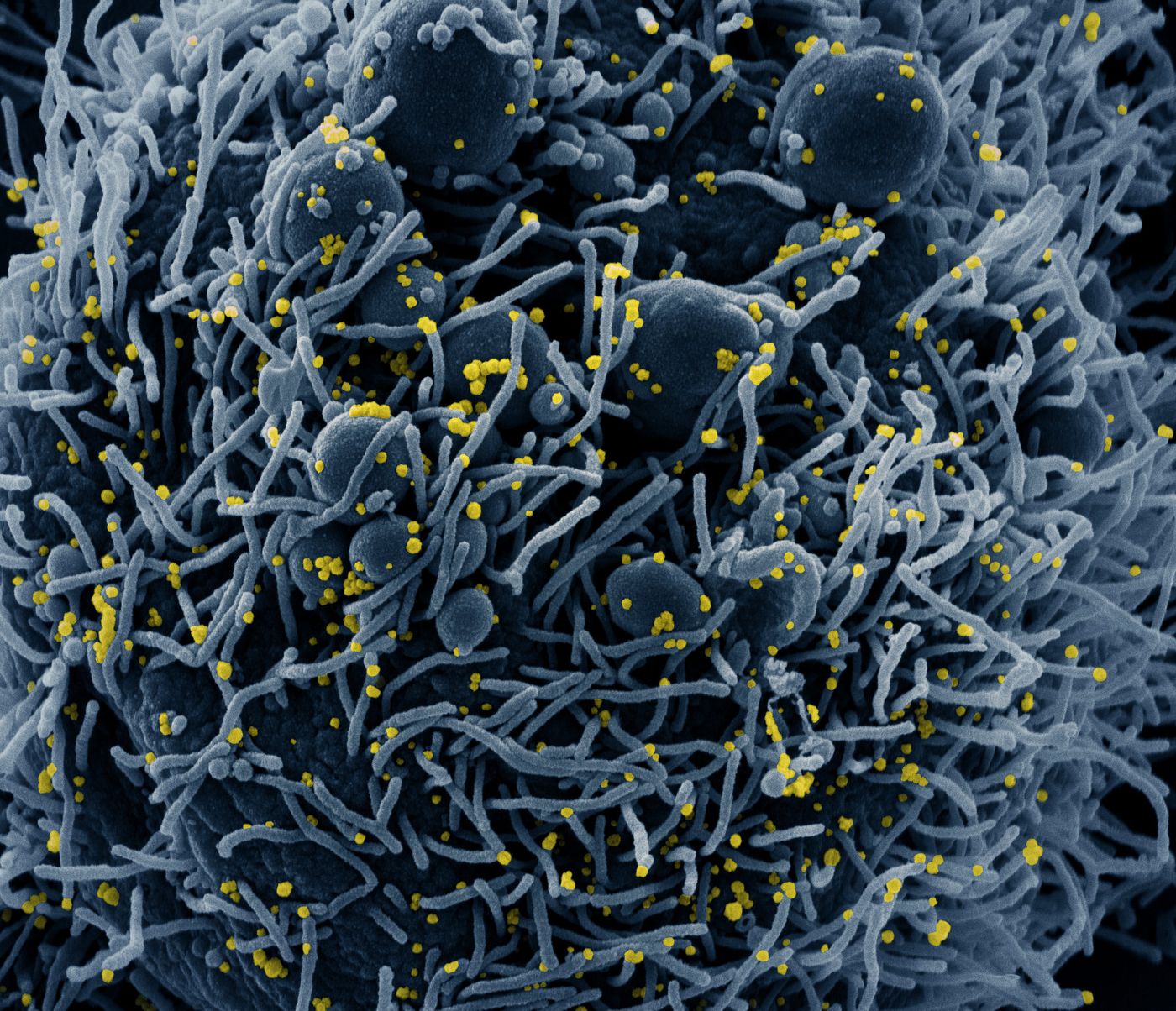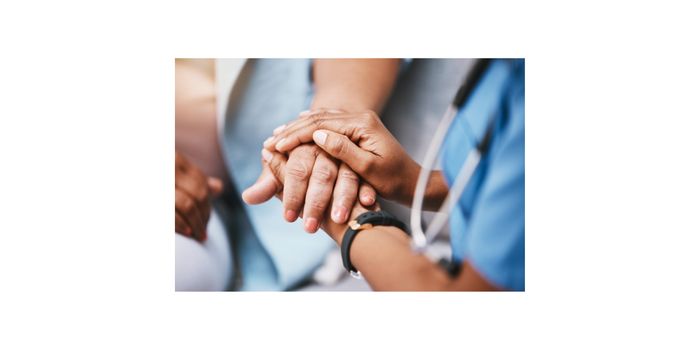Data Highlights Racial Disparities in COVID-19 Outcomes
As SARS-CoV-2 spreads in the United States, infecting and killing thousands, some racial data is finally being included in reports about the virus. Public health experts and advocates are alarmed by the disproportionate impact the COVID-19 is having on the black community. It may be possible to address some of the inequities leading to these observations.
Data released by the Centers for Disease Control and Prevention has indicated that while the confirmed cases (included in the study so far) have been 59 percent white, 18 percent black, and 14 percent Latino, those that were hospitalized by the virus were 45 percent white, 33 percent black, and 8 percent Latino, indicating that outcomes are worse for those in the black community. This data comes from a limited number of patients, however; only 580 people were included in this study. But these findings are supported by data from states that are reporting.
In Milwaukee, 70 percent of those killed by the virus have been African American, though they only represent 30 percent of the population in that county. Very similar statistics are observed elsewhere, like in Chicago, where the population is 30 percent black, while 69 percent of deaths from coronavirus have occurred in black patients. Louisiana's statistics also break down in the same way.
Multiple factors are influencing this disturbing trend, and more research will be needed to understand why it's happening. One influence is underlying conditions that exacerbate COVID-19 including asthma, high blood pressure, and hypertension are known to be more prevalent in the black community.
“It’s not that they’re getting infected more often,” explained infectious disease expert Dr. Anthony Fauci. “It’s that when they do get infected, their underlying medical conditions ... wind them up in the ICU and ultimately give them a higher death rate.”
Social factors affect the trend too. “People of color are more likely to work in low-wage jobs that cannot be done remotely and to have fewer financial resources to draw on in the event of health problems or economic disruption,” wrote several Democratic members of Congress in a letter to Human and Health Services Secretary Alex Azar.
This observation has not come as a shock to people that have studied the disparities in healthcare in the United States.
“We had initial concerns when we first saw the outbreak coming, particularly the early reports out of China, and we recognized this may be a problem for communities of color,” Dr. Georges E. Benjamin, executive director of the American Public Health Association and emergency medicine physician told ABC News. “You had early evidence from Asia that showed that older folks, older than 60 or 65, with chronic disease would do worse when they got the infection. So when you put that together with the understanding that in this country you already have a [black] population disproportionately affected by disparities in things like diabetes, heart disease and asthma, we understood that if those populations got infected they would be more at risk.”
“We don't want to give the impression that the African-American community is more susceptible to the virus. We don't have any data that suggests that,” noted White House coronavirus response coordinator Dr. Deborah Birx on Tuesday. “What our data suggests is they are more susceptible to more difficult and severe disease, and poorer outcomes.”
Now that we know about these disproportionately poor outcomes, we can do more to aid the communities that will be impacted most by these trends, and hopefully we can all work together change them. Black patients may benefit from advocates that can accompany them on any visit to the clinic, and clinicians should be aware of biases that may exist in diagnoses and patient care.









